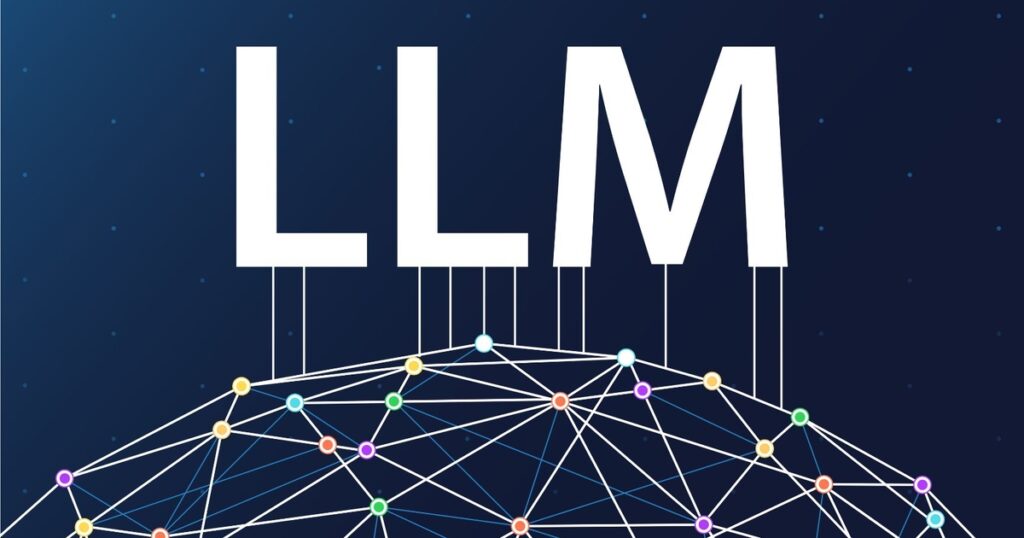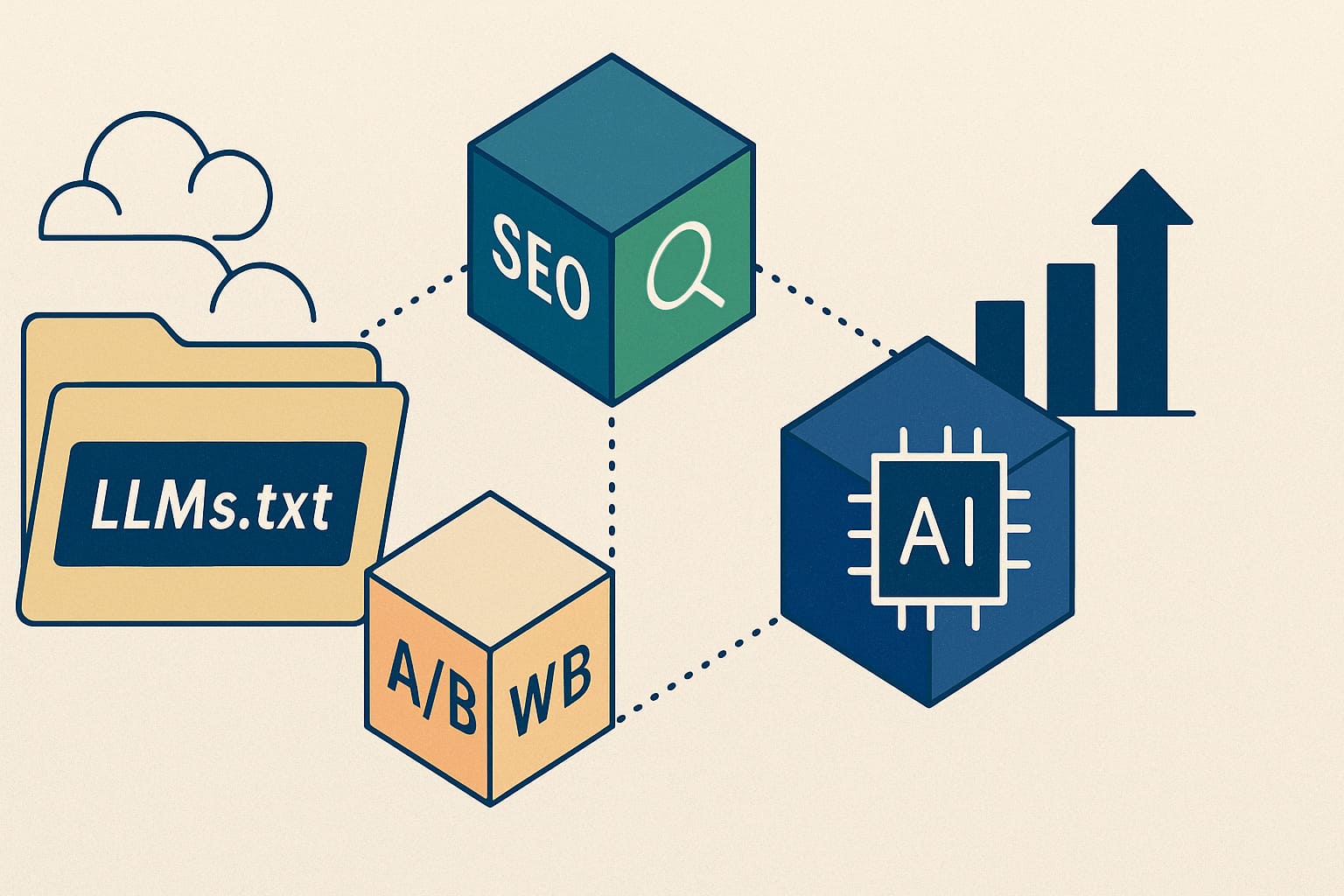Can LLMs.txt Improve Your Website’s AI Rankings? (Case Studies + Experiments)
- Posted 1 week ago
As AI technologies continue to shape the digital landscape, search engines and AI systems are becoming increasingly adept at understanding and interpreting web content. One of the most recent innovations is the use of LLMs.txt files, which allow website owners to guide AI models on how their content should be used and indexed. In this blog post, we’ll explore how LLMs.txt can improve your website’s AI rankings, supported by case studies and experiments from early adopters like WordLift and Mintlify.
What is LLMs.txt?
LLMs.txt, similar to the robots.txt file, provides a way for website owners to control how AI search engines, such as Perplexity and ChatGPT, access and interpret their content. By specifying which pages can be crawled, which data should be used for training, and which content should be excluded, LLMs.txt offers a more refined level of control than traditional search engines’ robots.txt.
While robots.txt was primarily designed to prevent search engines from crawling certain pages, LLMs.txt focuses on guiding AI systems on how to interact with and utilize web content for generating more accurate responses. This tool is critical for website owners who want to ensure that their content is used properly by AI search engines, ultimately improving their visibility and ranking in AI-generated results.
Why LLMs.txt Matters for AI Rankings

The use of LLMs.txt can significantly impact how AI models crawl and interpret a website’s content. AI-powered search engines like Perplexity and ChatGPT rely heavily on vast datasets, which include web pages, blog posts, and other types of content to generate responses. With the implementation of LLMs.txt, website owners can influence how their data is used, ensuring it is properly indexed and incorporated into AI search results.
For example, when a user asks a question to ChatGPT or Perplexity, the AI model pulls from a range of sources that have been crawled and indexed. If your website’s content is correctly structured and follows the guidelines in the LLMs.txt file, there is a greater chance that it will be used to generate relevant, accurate responses. This ultimately leads to increased visibility and higher rankings in AI-generated search results.
Track Changes in Visibility on Perplexity and ChatGPT After Implementation
One of the key benefits of implementing LLMs.txt is the ability to track changes in visibility on AI search engines like Perplexity and ChatGPT. After the file is implemented, website owners can measure the impact on how their content appears in AI-generated responses.
Using analytics tools, website owners can track which queries are leading to their content being used by AI systems. For example, if a website offers detailed information on a specific topic, and the AI model begins to include that content in responses, the site’s visibility and ranking should improve.
Early adopters of LLMs.txt have seen positive results. For instance, some have reported a noticeable increase in organic traffic and better engagement from AI search engines. By guiding AI crawlers with LLMs.txt, they were able to ensure that their content was being accessed and interpreted correctly, leading to higher rankings and more targeted traffic.
Case Studies from Early Adopters: WordLift and Mintlify
Several companies have already implemented LLMs.txt and shared their experiences and results. Two notable examples are WordLift and Mintlify, both of which are pioneers in utilizing structured data and AI technology to improve search rankings and content visibility.
1. WordLift
WordLift, a popular SEO tool that helps websites structure their data for AI systems, was one of the first companies to experiment with LLMs.txt. By integrating the file into their workflow, they were able to optimize their content for AI crawlers and track the impact on visibility and engagement.
According to WordLift, implementing LLMs.txt allowed them to ensure that their content was properly indexed and used by AI models. They reported an increase in the number of queries where their website was included in AI-generated responses, resulting in improved organic traffic and higher rankings for their targeted keywords.
2. Mintlify
Mintlify, a platform that automates the process of creating and organizing technical documentation, also implemented LLMs.txt to enhance their content’s visibility in AI search engines. By using the file to guide AI crawlers, Mintlify was able to ensure that their documentation was being accurately indexed and utilized by models like Perplexity and ChatGPT.
Mintlify reported that after implementing LLMs.txt, they saw a marked improvement in how their content appeared in AI-generated responses. Their content became more prominent in relevant search queries, leading to increased traffic and better engagement from users who were looking for technical documentation and support.
How LLMs.txt Complements Structured Data (Schema.org)
One of the key aspects of optimizing content for AI search engines is using structured data, specifically Schema.org markup. Structured data helps search engines and AI systems understand the context of the content, making it easier for them to deliver accurate and relevant search results.
When combined with LLMs.txt, structured data can further enhance the visibility and usefulness of your content. While LLMs.txt provides instructions on how to interact with your content, Schema.org markup adds an extra layer of context, helping AI systems understand the meaning of the content in relation to the broader web.
For example, if your website includes product pages with detailed descriptions, adding Schema.org markup will help AI models understand the specifics of your product. When combined with LLMs.txt, this ensures that AI search engines are not only crawling and indexing your content but also accurately interpreting it in the context of relevant search queries.
The Future of LLMs.txt and AI Rankings
As AI technology continues to evolve, LLMs.txt is likely to become even more important for website owners who want to improve their visibility in AI search engines. The ability to control how AI models access and use your content provides a unique advantage in a digital landscape where AI-driven search results are becoming increasingly dominant.
In the future, we can expect more widespread adoption of LLMs.txt, as well as further innovations in AI search engines and their ability to interpret and rank content. By implementing LLMs.txt and optimizing your content with structured data, you can stay ahead of the curve and ensure that your website remains visible and relevant in an AI-driven world.
Read Also : The Role of Structured Data and LLMs.txt in Generative SEO
Conclusion
LLMs.txt is an essential tool for improving your website’s visibility and ranking in AI-driven search engines. By helping AI systems crawl and interpret your content in a more accurate and relevant way, LLMs.txt ensures that your website’s data is used effectively, leading to better AI rankings and increased traffic.
Early adopters like WordLift and Mintlify have already seen the benefits of LLMs.txt, reporting improved visibility and higher rankings in AI-generated responses. By combining LLMs.txt with structured data, you can further enhance your content’s relevance and context, ensuring that AI systems are able to deliver the best possible results for your users.
As AI search engines continue to grow in prominence, adopting LLMs.txt and other AI optimization strategies will be crucial for staying competitive in the digital landscape.

